


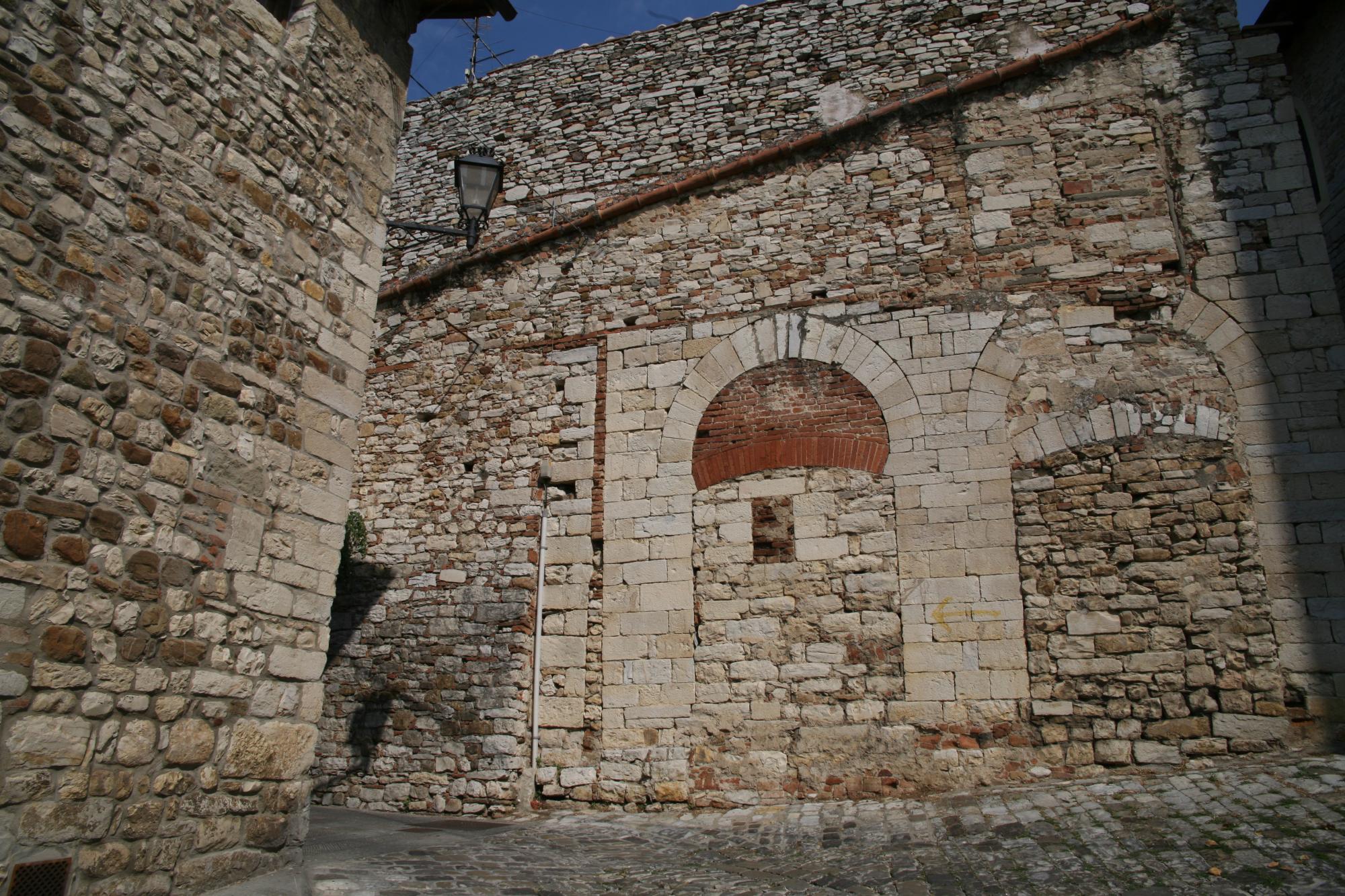
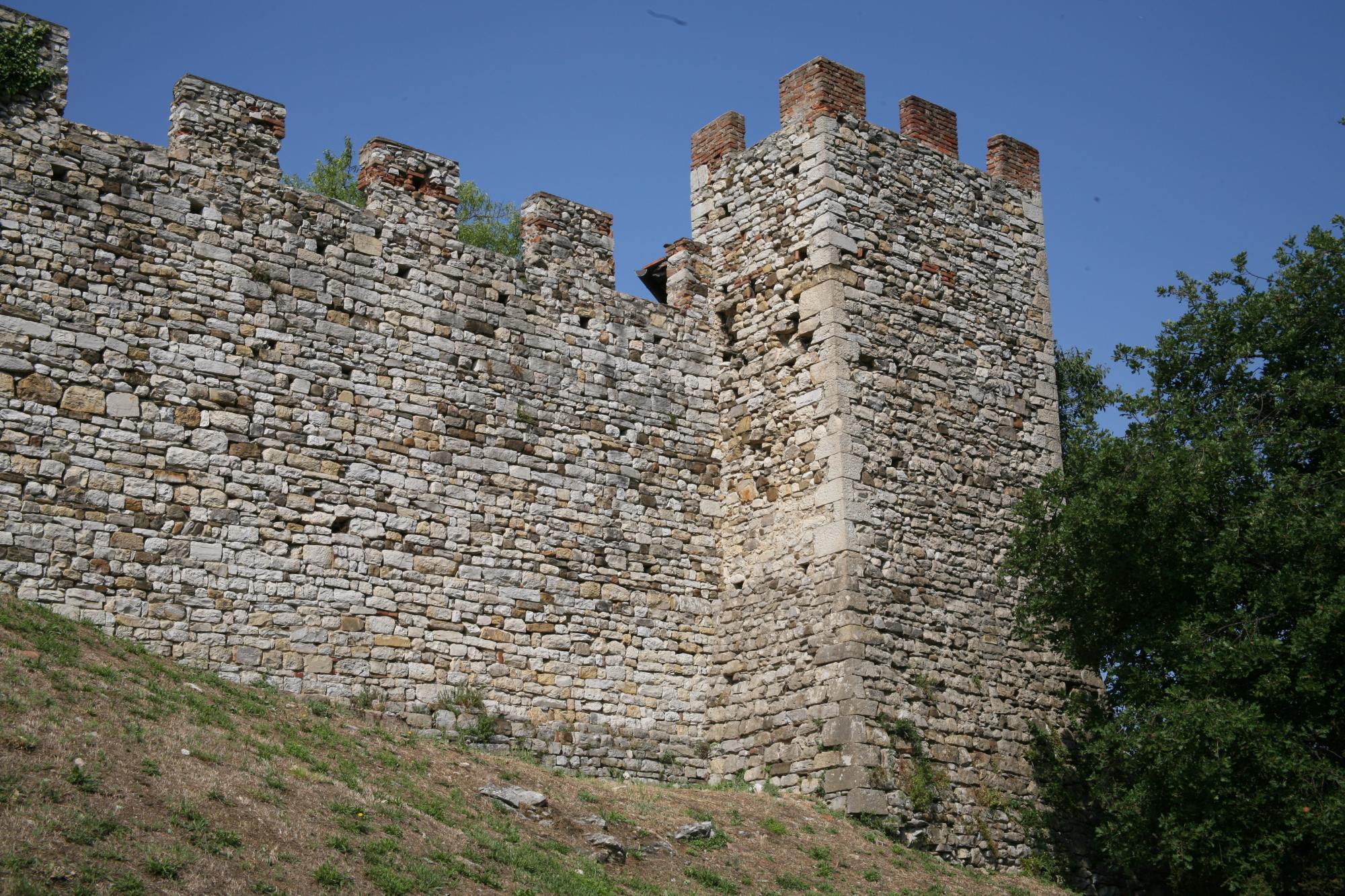

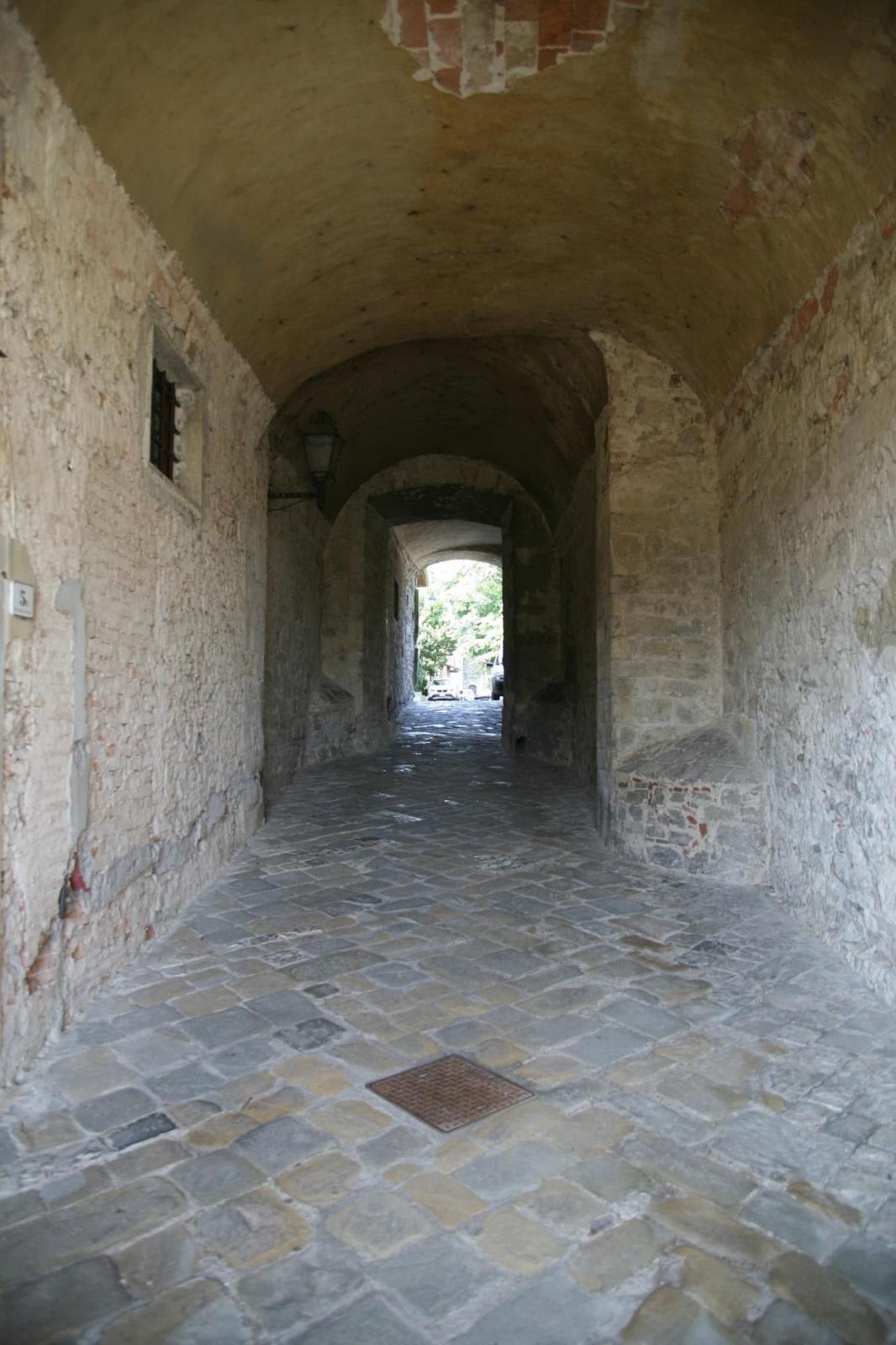
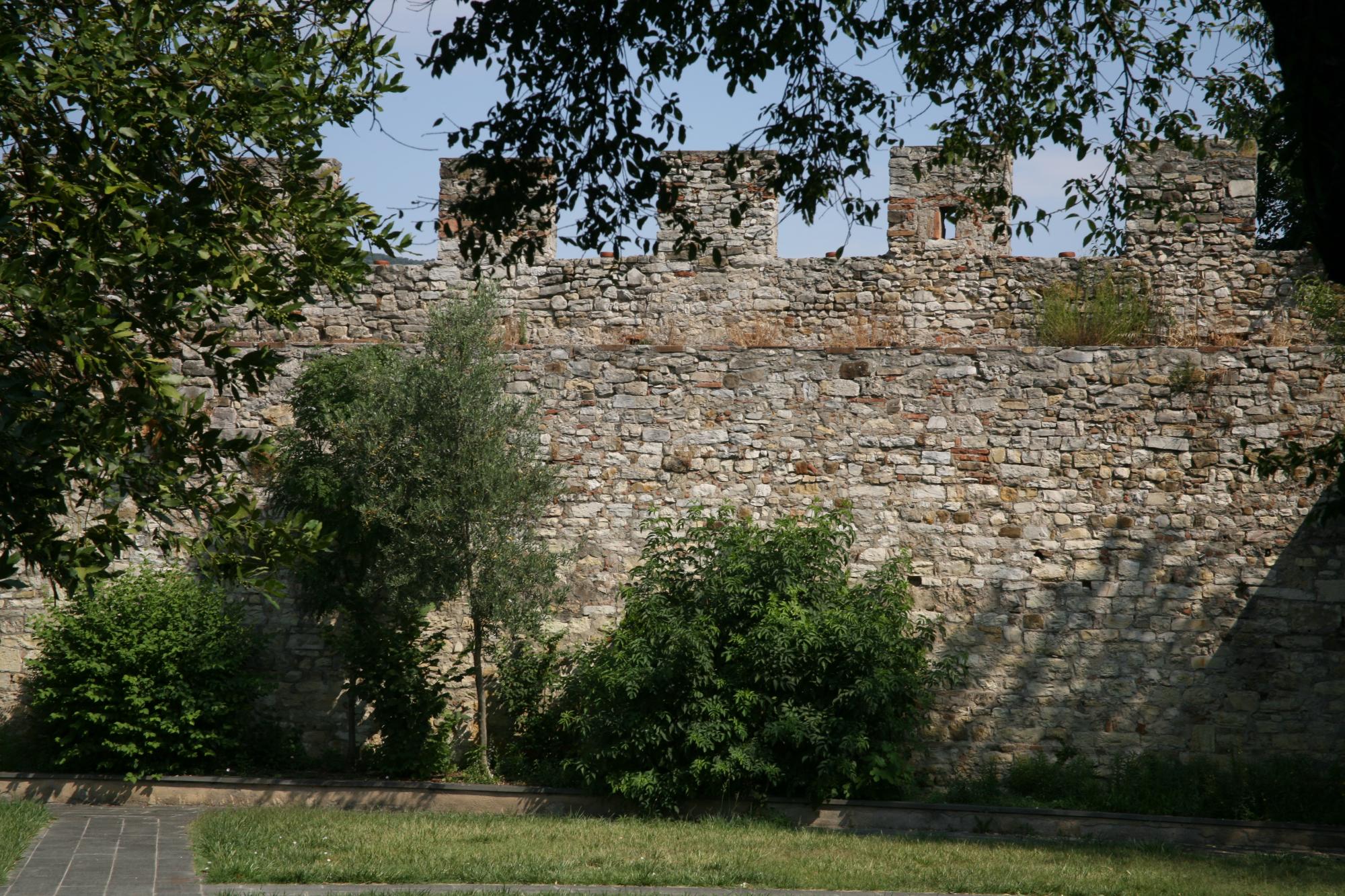
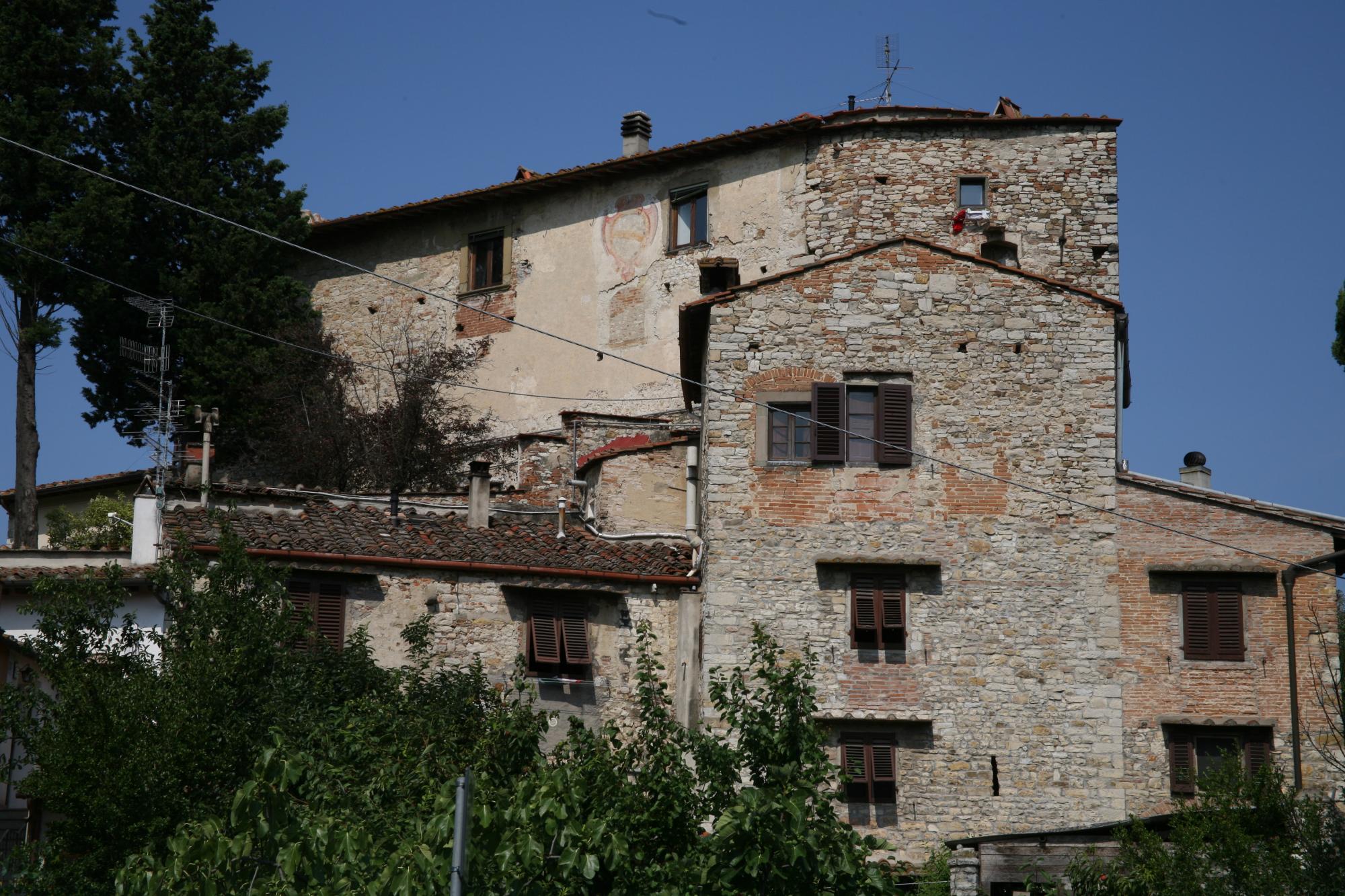











How to reach
The fortified village, Castle di Calenzano, or Calenzano Alto (high), is located on the northern border of Florence, around 14 kilometers from the city center, near the Calenzano-Sesto Fiorentino toll gate on the Sole A1 freeway. It’s easy to reach following the street signs - above all, those for the “Museo del Figurino Storico” (Historic Figurine Museum).
History
The Castello di Calenzano has maintained its characteristic hilltop, fortified village quality to this day. Situated on an almost 200-meter high hill, it’s bordered on the west by La Marina stream, the last of Mugello’s mountainside on the north, and surrounded by the Calvana Mountains on the west and Morello Mountain on the east. Crossed by the northwest variant of Cassia Road, “Cassia Clodia,” this territory marked the border between the Florentine and Pistoian dioceses in the Middle Ages. It was a meeting point and battlefield for the mighty Guidi family, the Alberti – rulers of Prato and Val di Bisenzio, and the Ubaldini – who dominated Mugello.
The construction of Castello di Calenzano’s original center, or better, of its passage from a simple wooden structure to brick, is linked to the Modigliana branch of the Conti (Counts) Guidi royal family. They obtained concessions for the zone from Emperor Enrico VI at the end of the 12th century. At the beginning of the 13th century, Florence acquired control of the area, turning Calenzano and its valley into a strategic point of access to the Arno River flood plain towards the city, consequently reinforcing the fortifications over and over again.
After Castruccio Castracani came through in 1325, the Viscontean army - led by Giovanni da Oleggio - in 1351, and the English mercenaries - headed by Giovanni Acuto - in 1364, the city-state of Florence decided to enlarge and reinforce the castle even further, bringing it to its present form. They constructed a new, third circle of walls equipped with embrasures, angular towers, and Guelf battlements, the majority of which is still visible today.
The village, with its two gates, oval plan layout wall circuit (typical of hilltop city centers), towers, courtyards, and 18th century civil palaces, is in excellent condition, having just undergone recent restoration and maintenance by the city government, which also opened a thematic museum, “Museo Comunale del Figurino Storico”.
Castello di Calenzano’s characteristic structures are: La Porta Sud (The Southern Gate), also called Portaccia, complete with pointed, sandstone arch and slender tower; and La Porta di Sopra (The Upper Gate), also called Porta del Serraglio, with a less imposing tower overhead, flanked by the intact northern face of the castle walls, whose angular north-west tower is the junction with the western face of the perimeter. The old prision entrance (later transformed into a local bakery), just under the San Niccolò castle church, contains a few remnants of a cycle of frescoes by Iacopo and Nardo di Cione. Remains of the 13th century Podesteria (seat of the local government), and a small, ancient church are visible in the middle of the castle. The 15th-century Palazzo del Podestà (Head of the Local Government’s Palace), which later became Villa Arrighetti, is well conserved. Villa dei Ginori, a powerful family forever tied to the Calenzano territory, is along the castle’s main street.